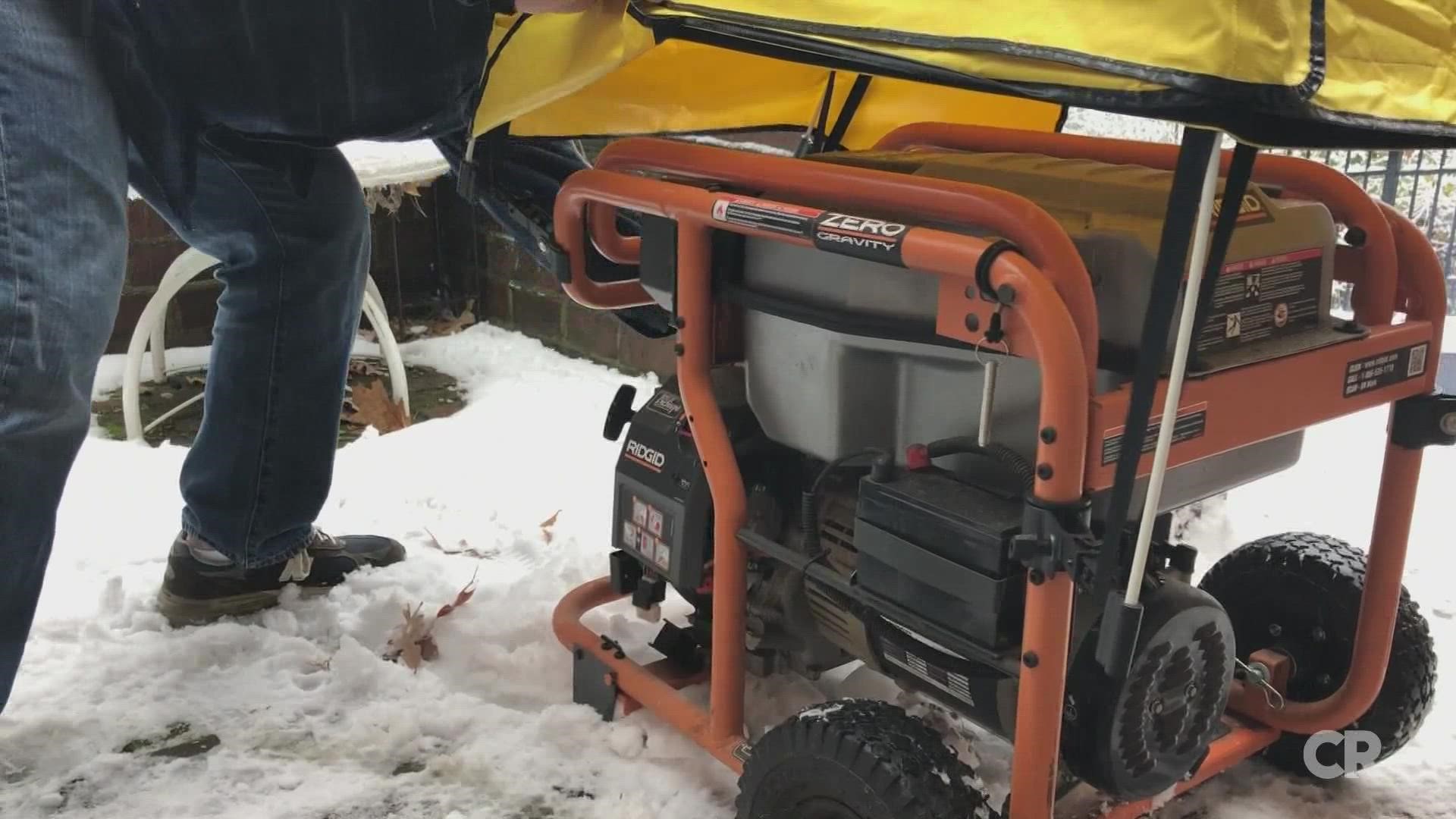GREENSBORO, N.C. — Power outages are common during storms and folks turn to generators.
Just recently, a 38-year-old High Point man was found dead in his home. He was using a generator inside and the carbon monoxide killed him.
“Generators should never be used inside....an enclosed space, even if you leave a door open,” says a Consumer Report expert.
Did you hear that? NEVER inside a garage, even with the door open, it is not a safe place.
Place the generator at least 20 feet from the house. Make sure you have a cord long enough to reach.
Direct exhaust away from the occupied space so the fumes can't be sucked into the house.
Consumer Reports is no longer recommending any generator unless it has a sensor that will detect a build-up of gas and automatically shut off. Every company has a different way to describe it, but look for: CO shield, CO sense, CO guard, CO protect.
HOW TO USE YOUR GENERATOR:
You'll want to add a fuel stabilizer to keep your generator fuel fresh.
If your gas is old, your generator may be difficult to start.
Pay attention to the oil. Many portable generators automatically shut off if the engine oil gets too low. Check the oil before you even start your
generator.
You should start your generator once a month, just to keep it in working condition.
Consumer Reports info on having a more permanent solution: CR recommends having a licensed electrician install a transfer switch, which connects a generator to your home’s circuit breaker panel, allowing you to power entire circuits at once. These devices are compatible with full-sized portable generators and large inverter generators but not with midsized or recreational generators.

